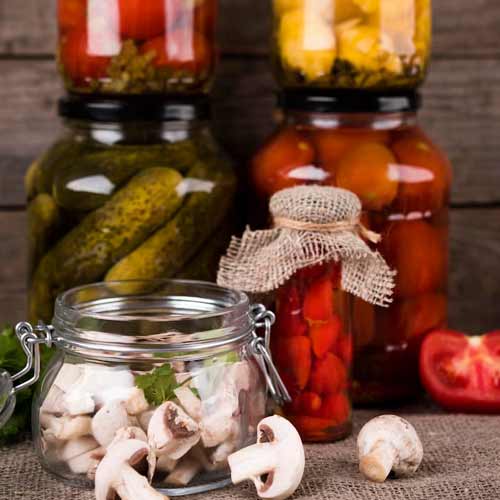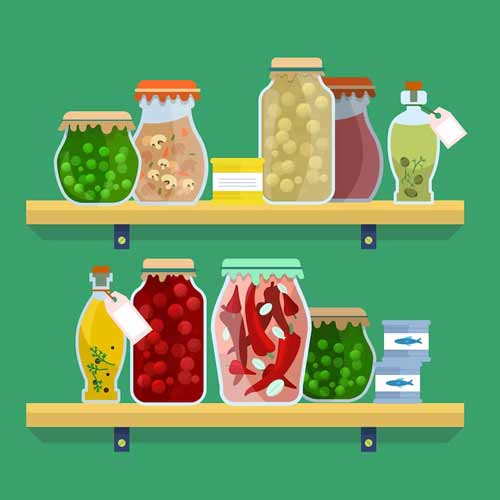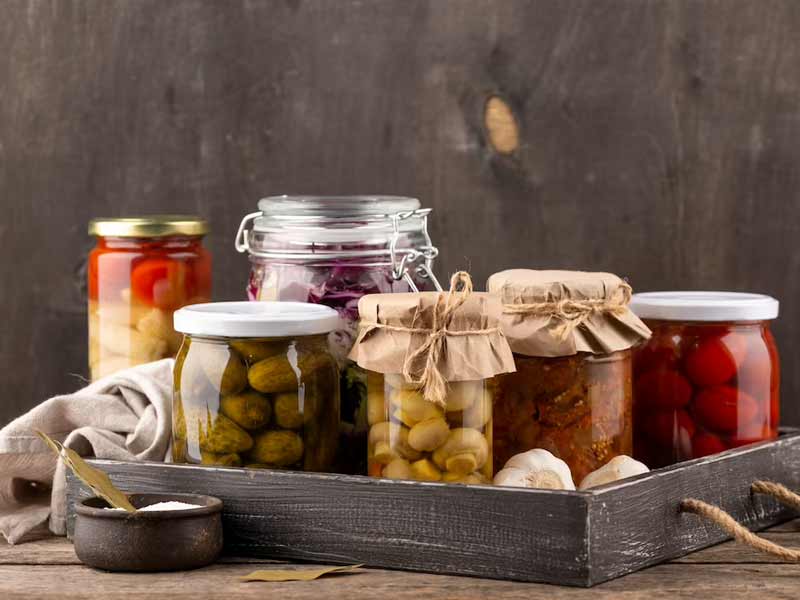Welcome to the world of troubleshooting canning, where we unravel the secrets to overcoming challenges and achieving canning success. In this blog post, we will delve into the topic of Troubleshooting Canning with 7 secret.
Canning is a wonderful method for preserving food, but it’s not without its challenges. As a canner, you may encounter various issues that can affect the quality and safety of your canned goods. In this article, we’ll delve into troubleshooting common canning problems and provide practical solutions to help you overcome them. From dealing with seal failures to addressing food spoilage, we’ll cover it all. So, let’s get started and ensure that your canning endeavors are successful and rewarding.
Understanding the Importance of Troubleshooting Canning
Troubleshooting is a vital aspect of the canning process (Troubleshooting Canning). It helps you identify and resolve issues that can impact the safety and quality of your canned foods. By understanding common problems and their solutions, you can overcome challenges and ensure successful canning outcomes. You can Learn Benefits of Canning.
Identifying Seal Failures and Their Causes

One of the most common issues in canning is seal failure. A failed seal can lead to bacterial contamination and spoilage. Several factors can contribute to seal failures, including inadequate heat processing, improper headspace, or debris on the jar rim. To troubleshoot seal failures, inspect the jars for any signs of leaks or bulging lids. Check for proper headspace, ensure jars are clean, and review your canning process to identify any potential mistakes.
Dealing with Mold Growth in Canned Foods
Mold growth in canned foods is a concerning issue. It can occur due to improper processing, contamination during canning, or storage in warm and humid conditions. If you notice mold growth on your canned goods, it’s crucial to discard the affected jars immediately. To prevent mold growth, ensure proper heat processing, maintain cleanliness during canning, and store your canned goods in a cool, dry place.
Addressing Under processing or Overprocessing
Under processing or overprocessing can result in food safety risks and affect the quality of your canned products. Under processing occurs when foods are not heated at the correct temperature or for the required time, potentially leading to bacterial growth.

Overprocessing, on the other hand, can cause texture and flavor deterioration. To address under processing, reprocess the jars following the correct guidelines. For overprocessing, be mindful of the recommended processing times and temperatures to avoid prolonged exposure to heat.
Preventing Food Spoilage and Botulism Risk
Food spoilage and the risk of botulism are significant concerns in canning (Troubleshooting Canning). To prevent food spoilage, ensure that your canned goods are properly processed and sealed. Use reliable, tested recipes and follow recommended processing times. Botulism, a rare but severe form of food poisoning, can occur when canned foods are improperly processed or when low-acid foods are canned without adequate heat treatment. It’s essential to follow the guidelines for canning low-acid foods and to use pressure canners correctly to prevent botulism.
Managing Changes in Color, Texture, and Flavor
Changes in color, texture, and flavor can occur in canned foods over time. While these changes are often harmless, they can affect the overall appeal and enjoyment of the preserved goods. To manage such changes, ensure that you are using fresh and high-quality ingredients. Follow proper canning procedures, including appropriate processing times and methods. Store your canned goods in ideal conditions, such as a cool and dark pantry, to slow down the degradation process.
Troubleshooting Equipment Issues
Equipment issues can also contribute to canning problems. For example, a malfunctioning pressure canner can result in inadequate processing and safety risks. Ensure that your equipment is in good working condition, regularly inspect and maintain it. Follow the manufacturer’s instructions for proper usage and seek professional assistance if you encounter any equipment-related problems.
Conclusion

Troubleshooting is an essential skill for every canner. By understanding common issues and their solutions, you can overcome challenges and ensure safe, high-quality canned goods. Regularly inspect your jars, follow tested recipes, and maintain proper processing techniques to minimize problems. With troubleshooting knowledge in your arsenal, you’ll be well-prepared to tackle any issues that arise during the canning process (Troubleshooting Canning).
FAQs
- Can I reuse jars with failed seals?
- Jars with failed seals should not be reused. It’s best to discard them to avoid the risk of bacterial contamination and food spoilage.
- How can I prevent mold growth in canned foods?
- To prevent mold growth, ensure proper heat processing, maintain cleanliness during canning, and store your canned goods in a cool, dry place.
- What should I do if I suspect underprocessing or overprocessing?
- If you suspect underprocessing, reprocess the jars following the correct guidelines. For overprocessing, ensure you are using recommended processing times and temperatures to avoid prolonged exposure to heat.
- What are the signs of botulism in canned foods?
- Botulism does not always cause visible signs in canned foods. It’s a rare but serious form of food poisoning. To prevent botulism, follow the guidelines for canning low-acid foods and use pressure canners correctly.
- How can I manage changes in color, texture, and flavor in canned foods?
- Use fresh and high-quality ingredients, follow proper canning procedures, and store your canned goods in ideal conditions, such as a cool and dark pantry, to slow down the degradation process.
By understanding and addressing common canning issues, you can ensure the safety and quality of your preserved foods. Troubleshoot with confidence and enjoy the rewards of successful canning (Troubleshooting Canning)!
We proudly present: 1TouchFood, a website specifically designed for online cooking education. Our platform offers a diverse range of culinary tutorials, aimed at teaching aspiring chefs and cooking enthusiasts the art of cooking from the comfort of their own homes. Whether you’re a beginner or an experienced cook looking to expand your culinary repertoire, 1TouchFood provides step-by-step video lessons, interactive recipes, and expert tips to enhance your cooking skills.
Our dedicated team of professional chefs and culinary experts have meticulously crafted each lesson to ensure a seamless and immersive learning experience. Join us on 1TouchFood and unlock your potential in the kitchen as you embark on a culinary journey filled with flavors, techniques, and newfound inspiration.
Please follow us on linkedin. You can learn all best canadian food recipes you can check our Culinary 1TouchFood Youtube and Telegram 1TouchFood page. Don’t forget Fighting Obesity Magazine and Radio Cooking.

